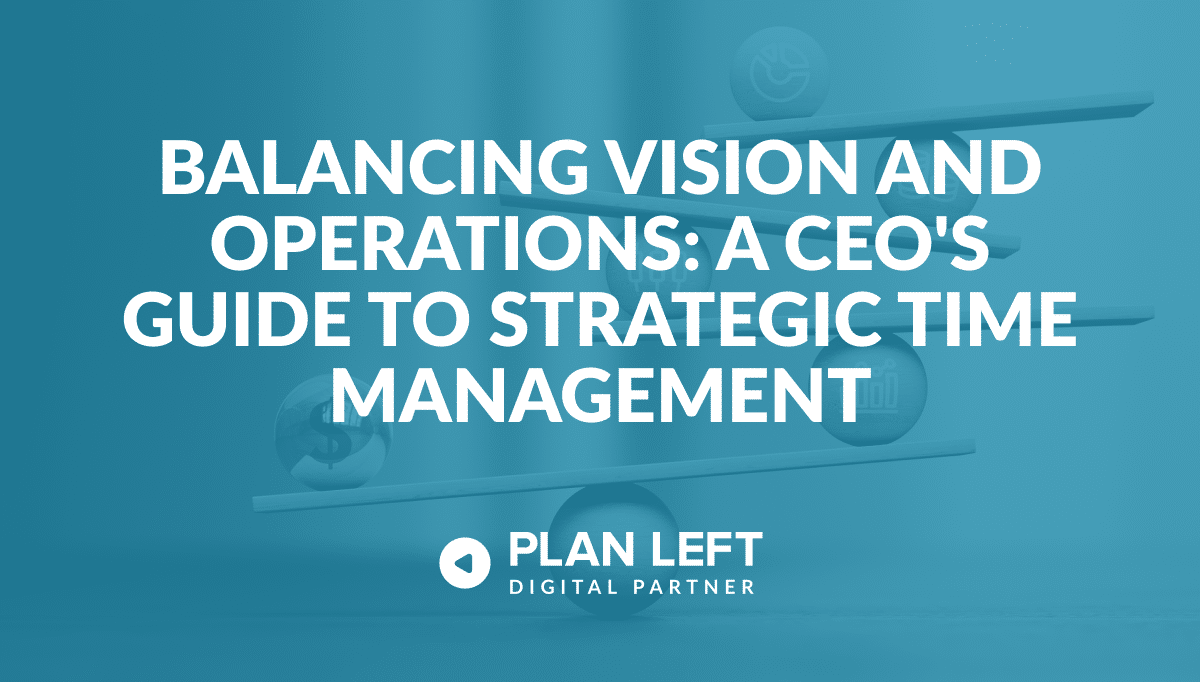
The moment when your business has found its rhythm in its current market often signals the next critical juncture: expansion. For growing companies, the opportunity to enter new markets represents both tremendous potential and significant risk. The difference between a successful expansion and a costly mistake lies in the quality of your strategic planning and risk assessment approach.
Business market expansion strategies require a methodical framework that balances ambition with prudence. Without proper planning, even the most promising market opportunities can drain resources and derail growth momentum. The key is developing a systematic approach that transforms uncertainty into calculated opportunity.
Foundations of Strategic Market Research
Comprehensive Market Opportunity Assessment
Before any expansion decision, you need a complete picture of the market landscape. This begins with understanding market size, growth trajectory, and underlying demand drivers. Strategic market research goes beyond surface-level demographics to uncover the nuanced factors that determine market viability.
Start by analyzing market saturation levels and identifying gaps in current offerings. Look for markets where customer needs remain underserved or where technological shifts are creating new demand patterns. The most successful expansions often target markets experiencing transition—whether due to regulatory changes, emerging technologies, or shifting consumer preferences.
Customer behavior analysis forms another critical component. How do potential customers in this market make purchasing decisions? What factors influence their loyalty? Understanding these behavioral patterns helps you determine whether your current value proposition translates effectively or requires adaptation.
Identifying and Analyzing Potential Market Landscapes
Market landscapes vary dramatically across regions, industries, and customer segments. Your analysis should examine both direct competitors and indirect alternatives that serve similar customer needs. This competitive intelligence reveals market dynamics that could impact your entry strategy.
Economic indicators provide context for timing decisions. Markets with stable economic fundamentals and favorable business conditions offer more predictable environments for expansion. However, emerging markets with higher volatility might present greater opportunities for early movers willing to accept additional risk.
Risk Mitigation Strategies for Market Expansion
Systematic Risk Identification and Evaluation
New market entry risk assessment requires categorizing potential threats across multiple dimensions. Financial risks include currency fluctuations, unexpected costs, and revenue shortfalls. Operational risks encompass supply chain disruptions, talent acquisition challenges, and technology integration issues.
Market-specific risks often prove most challenging to predict. These include changes in customer preferences, competitive responses, and regulatory shifts. Political instability, economic downturns, and cultural misunderstandings can also derail expansion efforts.
Create a comprehensive risk register that assigns probability and impact scores to each identified risk. This systematic evaluation helps prioritize mitigation efforts and resource allocation. High-probability, high-impact risks demand immediate attention, while lower-priority risks can be monitored and addressed as needed.
Strategic Planning for Market Entry
Developing a Market Entry Roadmap
Phased Approach to Market Validation
- Start with low-risk market research
- Validate assumptions through customer interviews
- Minimize initial financial exposure
- Learn and adapt before major investments
Cross-Functional Coordination
- Align marketing, operations, and finance teams
- Develop localized strategies
- Create flexible implementation timelines
- Build in buffer time for unexpected challenges
Resource Allocation Strategies
Talent and Infrastructure
- Identify critical leadership positions
- Explore diverse talent acquisition options
- Assess market-specific technology requirements
- Balance speed, cost, and cultural fit
Strategic Investment Principles
- Commit to a minimum viable market presence
- Focus on sustainable competitive advantage
- Prioritize strategic, intentional growth
Navigating Competitive Landscapes
Competitive Analysis and Differentiation Strategies
Understanding competitive dynamics helps you position your offering effectively. Analyze both direct competitors and alternative solutions that address similar customer needs. Look for market gaps where your unique capabilities provide sustainable advantage.
Competitive responses to your market entry are inevitable. Established players may reduce prices, increase marketing spending, or enhance their offerings. Anticipate these responses and develop counter-strategies that protect your market position while avoiding destructive price wars.
Differentiation becomes especially important in crowded markets. Consider how your brand, technology, service model, or distribution approach creates unique value. The most successful market entries often redefine customer expectations rather than simply matching existing offerings.
Execution and Continuous Evaluation
Implementing Market Entry Strategies
Implementation success depends on clear accountability and regular monitoring. Establish specific roles and responsibilities for each aspect of your market entry plan. Regular check-ins ensure progress stays on track and issues are addressed quickly.
Communication becomes critical during implementation phases. Keep stakeholders informed about progress, challenges, and changes to original plans. Transparent communication builds confidence and support for the expansion effort while enabling faster problem resolution.
Market opportunity evaluation shouldn’t end with launch. Continue gathering customer feedback, monitoring competitive responses, and tracking performance metrics. This ongoing evaluation provides insights for optimizing your approach and identifying additional opportunities.
Adaptive Approaches to Market Expansion
Markets evolve continuously, requiring adaptive strategies that respond to changing conditions. Build feedback loops that capture market intelligence and customer insights. Use this information to refine your value proposition, adjust pricing strategies, and improve service delivery.
Success metrics should balance short-term performance with long-term market building. While immediate revenue and customer acquisition are important, also track brand awareness, customer satisfaction, and competitive positioning. These leading indicators often predict future performance more accurately than lagging financial metrics.
Scaling decisions require careful evaluation of market response and internal capabilities. Rapid scaling can strain resources and compromise quality, while conservative approaches may miss market opportunities. Find the right balance based on your specific market conditions and organizational strengths.
The path to successful market expansion requires patience, persistence, and strategic thinking. By following a systematic approach to market research, risk assessment, and strategic planning, you can transform expansion opportunities into sustainable competitive advantages. Remember that market entry is not a one-time event but an ongoing process of learning, adapting, and optimizing your approach based on real market feedback.
Explore Latest Posts
Breaking Free from Marketing Silos: Why Community Matters for Business Growth Every entrepreneur knows the weight of making decisions alone. ... read more
December 11, 2025
A Step-By-Step Approach to Breaking Free from Generic Marketing Enterprise marketing leaders face the challenge of standing out among countless ... read more
December 9, 2025
The constant tug-of-war between strategic vision and operational demands defines the modern CEO experience. While your company's future depends on ... read more
December 4, 2025
Essential Strategies for Entrepreneurs
Get Actionable Business Insights & Marketing Tips
Our newsletter delivers real-world strategies from entrepreneurs who’ve been exactly where you are.
Sign up now for:
- Actionable growth strategies that work
- Insider tactics for attracting top talent
- Real-world case studies from successful founders
- Emerging tech trends that drive innovation
- Pragmatic marketing approaches for visionary leaders




